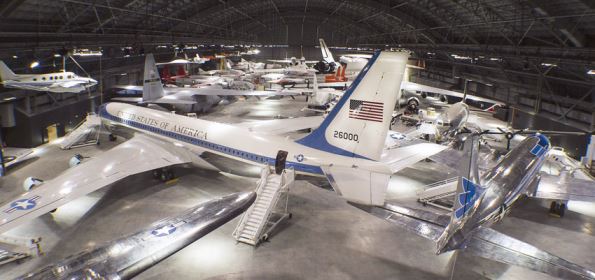The National Museum of the United States Air Force in Dayton, Ohio, has added to its collection in size and scope.
By Peggy Jordan, Associate Editor
October 2016
An airplane hangar nearly the size of four football fields? It’s almost too large to imagine. Yet it’s real, and it’s the new exhibit area at the National Museum of the United States Air Force in Dayton, Ohio.
An airplane hangar nearly the size of four football fields? It’s almost too large to imagine. Yet it’s real, and it’s the new exhibit area at the National Museum of the United States Air Force in Dayton, Ohio.

